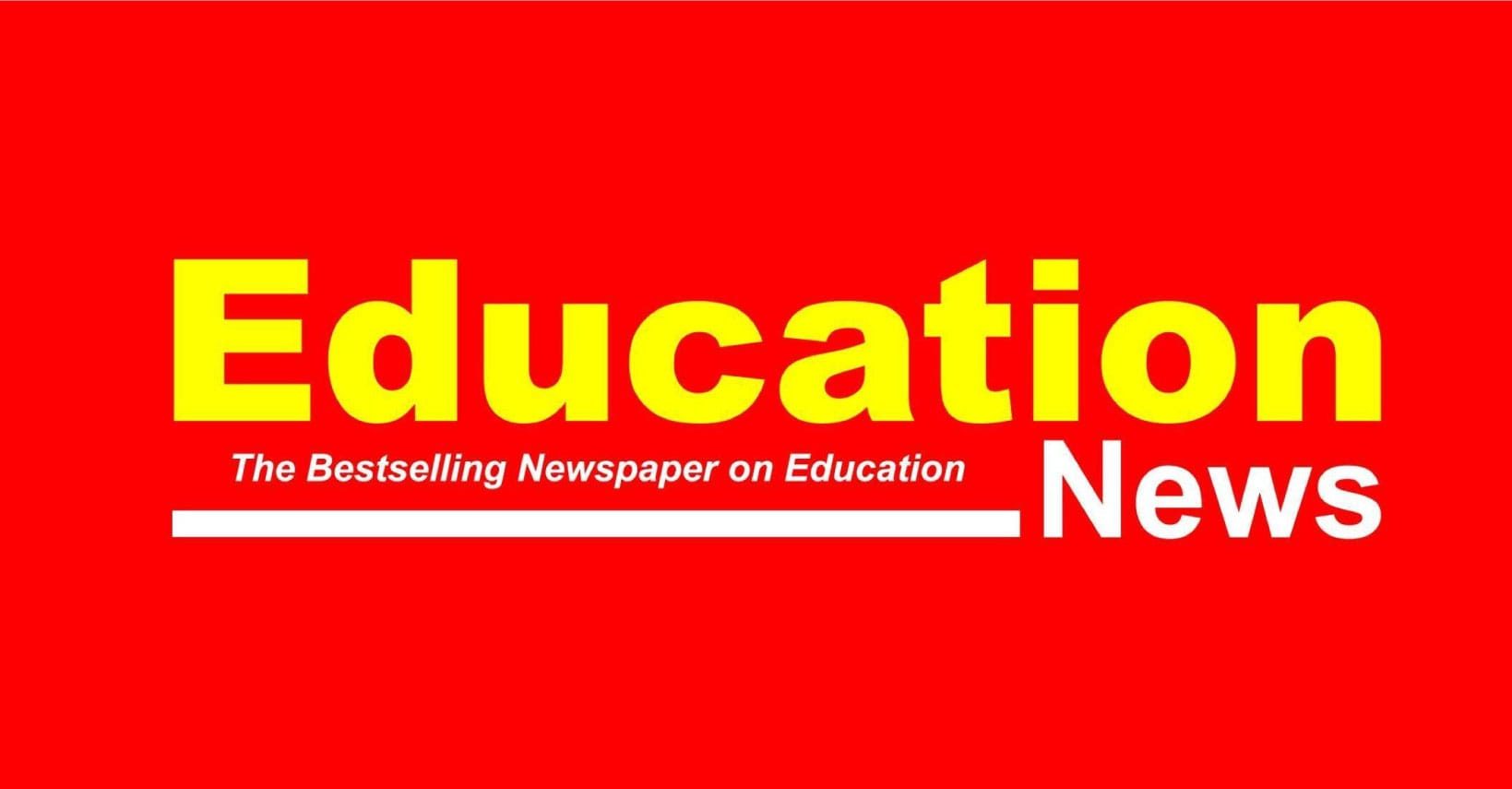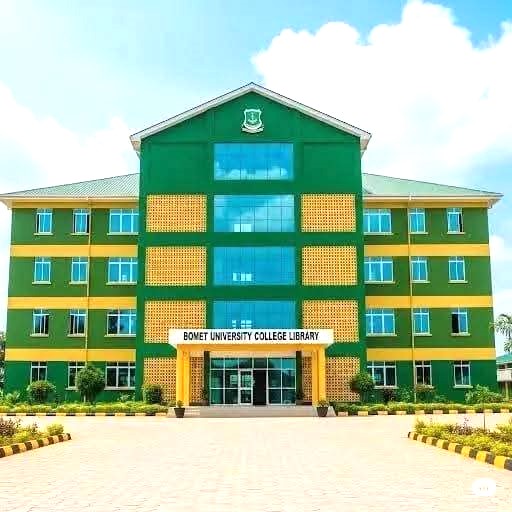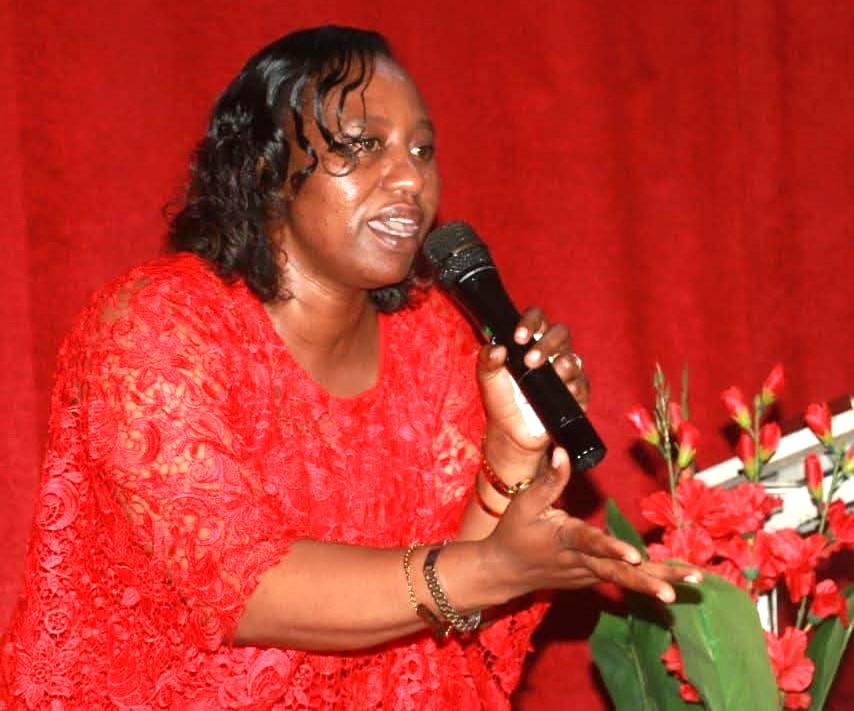In the schema of Competency-Based Education (CBE), Senior School (SS) comprises 3 years of education (Grades 10-12). It is the next level after Junior School (Grades 7-9). Senior School (SS) targets learners in the age bracket of 15-17 years. There are 3 Career Pathways available in Senior School (SS), which is the nub of this 7th treatise on impressive implementation of Competency-Based Curriculum (CBC). Therefore, making references to Basic Education Curriculum Framework (2017), we get down to the brass tacks of the 3 Career Pathways, and explore: Arts and Sports Science, Social Sciences, and Science, Technology, Engineering and Mathematics (STEM).
Arts and Sports Science Career Pathway
Arts and Sports Science Career Pathway has two Tracks: Arts and Sports Science. Subjects in the Arts Track include: Music and Dance and Theatre and Film and Fine Art. Subjects in the Sports Science Track include: Physical Education (PE) and Sports and Recreation. Architects of CBE envision that this Career Pathway is to take care of 15% of learners in Senior Schools. It is to nurture their talents, creativity and physical abilities. Learners that opt for Arts and Sports Science in Senior Schools, later can proceed to universities, colleges and conservatories; specialising in arts, music, dance, sports or related fields.
Largely, this Career Pathway exposes learners to oodles of opportunities in the world of entertainment such as acting (thespian), music production, dance performance, choreography and media production. Career opportunities in the Arts Track include: fine arts, graphic designs, fashion design, animation, film and media production, theatre, music performance and arts management. The Sports Track exposes learners to: Professional sports, sports coaching, teaching Physical Education (PE), sports management, fitness training and sports medicine.
Ideally, this Career Pathway provides opportunities for self-realisation and expression. As well as individual’s development and fulfillment. Learners will build on skills they have already acquired at the Junior School (JS). This argument abuts on Bruner’s Constructionist Theory, which avers: “Learners construct new concepts, ideas and insights based on existing knowledge.”
ALSO READ:
Actually, Arts and Sports Science Career Pathway will enable the learner to participate in the economic development of the country through utilisation of their own interests and talents. It is how they will contribute to cultural preservation, sustenance and development in arts and sports science. Arts will provide opportunities for the learner to choose a career path in the area of interest, personality ― and ability in either Performing or Visual Arts. Arts provide a natural vehicle for self-expression and exploration. As well as interpretation of the world around the learner. Then, study of Arts contributes to the development of motivation and confidence; imagination and innovation. It also contributes to wonderful ways of thinking and knowledge construction. These skills will enable the learner to garner insights of the world around them ― and to represent their understanding in multiple ways. This is corroborated with in-depth research that depict: Intellectual and emotional development of children is enhanced through the study of Arts (Presidential Committee on the Arts and Humanities in America, 2011).
Moreover, Sport Science will rely some of the knowledge gained from Junior School (JS). It aims at offering learners an opportunity to actualise their talents in specific subjects of their choice. Then, they will pursue a career path depending on their interests, abilities and personality type. This sphere agrees with Prof Howard Garner’s Spheres of Mind: The Theory of Multiple Intelligence (Harvard, 1983), with a special focus on bodily-kinesthetic intelligence — body smart.
Social Sciences Career Pathway
Furthermore, Social Sciences Career Pathway has two Tracks: Languages and Literature, and Humanities and Business Studies. Subjects in Languages and Literature Track include: Literature in English, Indigenous Languages, Kenya Sign Language (KSL), Fasihi ya Kiswahili, Arabic, French, German, Mandarin (Chinese). Subjects in Humanities and Business Studies Track include: Religious Education (CRE or IRE or HRE), Business Studies, History and Citizenship, Geography and Community Service Learning (CSL). Social Sciences Pathway should take care of 25% of CBE learners in Senior Schools. This is the Career Pathway that should assist learners to understand society, human behaviour and global systems. This Career Pathway aligns learners for career opportunities in law, education, public administration, international relations, diplomacy, global issues, economics, social work, community development, counselling, social services, et cetera.
STEM Career Pathway
Consequently, the STEM Career Pathway has three Tracks: Pure Sciences, Applied Sciences and Technical Studies. Subjects in the Pure Sciences Track include: Physics, Chemistry, Biology and Mathematics. Subjects in Applied Sciences Track include: Computer Science, Home Science and Agriculture. Then, Learning Areas in Technical Studies Track include: Aviation, Building Construction, Electricity, Metal Work, Power Mechanics, Woodwork, Media Technology and Marine and Fisheries Technology.
ALSO READ:
Petition against TSC boss hiring to proceed to full hearing as key applicant ruled out
STEM Career Pathway will cater for 60% of CBE learners at Senior School. The Career Pathway is to equip learners with requisite knowledge, skills and competencies — they require to excel in scientific and technical disciplines. After Senior School, the Career Pathway of STEM will allow CBE learners to join institutions of higher learning and explore oodles of opportunities in engineering, information technology, computer science, medicine, health sciences, environmental science and sustainability, data science and analytics, research and development in various scientific disciplines.
Finally, Learners pursuing the STEM Career Pathway shall take the Core-Mathematics. Whereas those pursuing either Social Sciences and Arts and Sports Science Career Pathways shall take Essential Mathematics. Albeit, it is instructive to note: A learner in a non-STEM Career Pathway may be permitted to do the Core-Mathematics so long as their Junior School (JS) assessment results depict adequate preparation. Additionally, to the core learning areas, the learner will select 3 more subjects. Advisedly, the learner should take at least 2 subjects from the chosen Career Pathway. Meaning, a learner may take up to 3 more subjects from the chosen Career Pathway. Or take 2 subjects from the chosen Career Pathway and 1 subject from another Career Pathway.
However, it should be anticipated that a situation may arise where the career choices of learners requires that they take 1 subject each Career Pathway. Of course, such a situation should be permitted. So, the choice of subjects will be based on learners’ abilities, aptitude, career choice, interests and personalities. This is should be anchored on good guidance and advice by the leadership of the Senior Schools. It is also important to the robust support of Career Counsellors, Career Educators and Career Specialists.
By Victor Ochieng’
Victor Ochieng’ is a Career Educator. He is a Trainer of Teachers. He speaks to Grade 10 learners and parents as Plug-in Programme into Senior School. He also talks to Grade 9 learners one-on-one or online on Zoom platform on What Next After KJSEA? For consultancy and cordial consultation, call or WhatsApp: 0704420232
You can also follow our social media pages on Twitter: Education News KE and Facebook: Education News Newspaper for timely updates.
>>> Click here to stay up-to-date with trending regional stories
>>> Click here to read more informed opinions on the country’s education landscape






